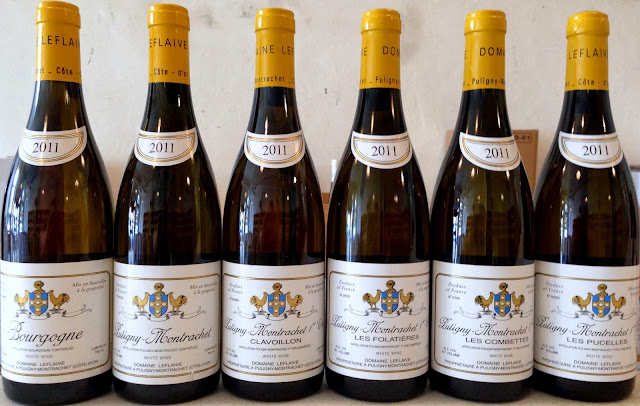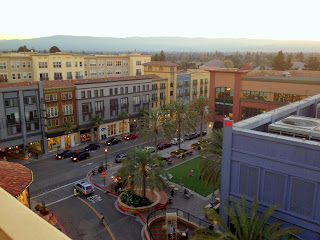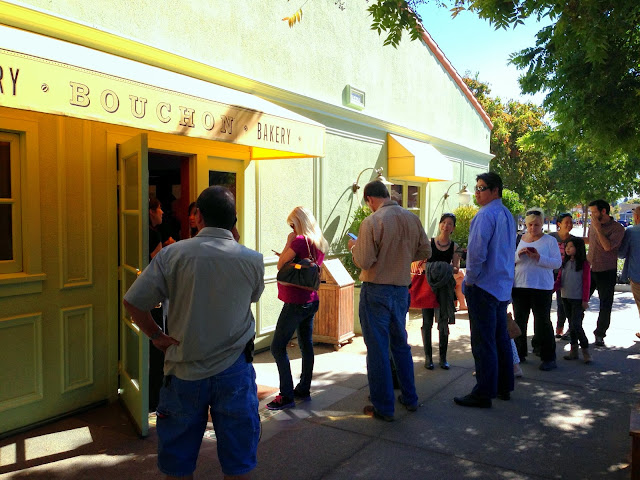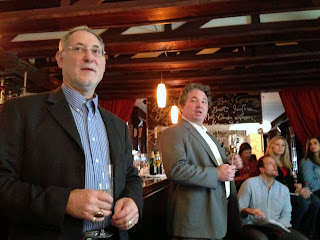2011 Domaine Leflaive

2011 Domaine Leflaive wines just started arriving to retail shops around the country, and I did not miss the opportunity the taste the entire lineup from Bourgogne blanc up through premier crus. Sadly, grand crus were not yet available to taste, but perhaps it's for the better, as even the premier's are enough to do serious damage to one's wallet - Les Pucelles is starting to approach $300/bottle. Overall, this tasting confirmed what I have already been observing, which is that 2011 whites are very charming, with excellent balance, albeit not as much structure or concentration as 2010's, but still very enjoyable now and in the medium term. The Leflaive's all had superb acidity which makes me believe they will last a long time too, while already being delicious. Tasting Notes 2011 Domaine Leflaive Bourgogne Blanc - high acidity, high minerality, slight bitter note of citrus peel, tons of pronounced lemon/lime, almost chablis-like, flower water, pretty but lac



